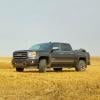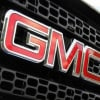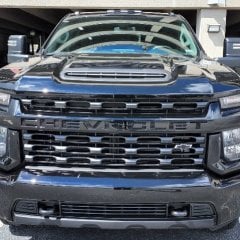Need Help Interpreting Dyno Results on 5.3 with 6L80
-
Similar Content
-
- 1 reply
- 4,194 views
-
- 0 comments
- 900 views
-
- 0 comments
- 871 views
-
- 0 comments
- 747 views
-
- 0 comments
- 678 views
-
-
Recently Browsing 0 members
- No registered users viewing this page.
-
Forum Statistics
246k
Total Topics2.6m
Total Posts -
Member Statistics
-
Who's Online 24 Members, 0 Anonymous, 1,637 Guests (See full list)

















Recommended Posts
Join the conversation
You can post now and register later. If you have an account, sign in now to post with your account.